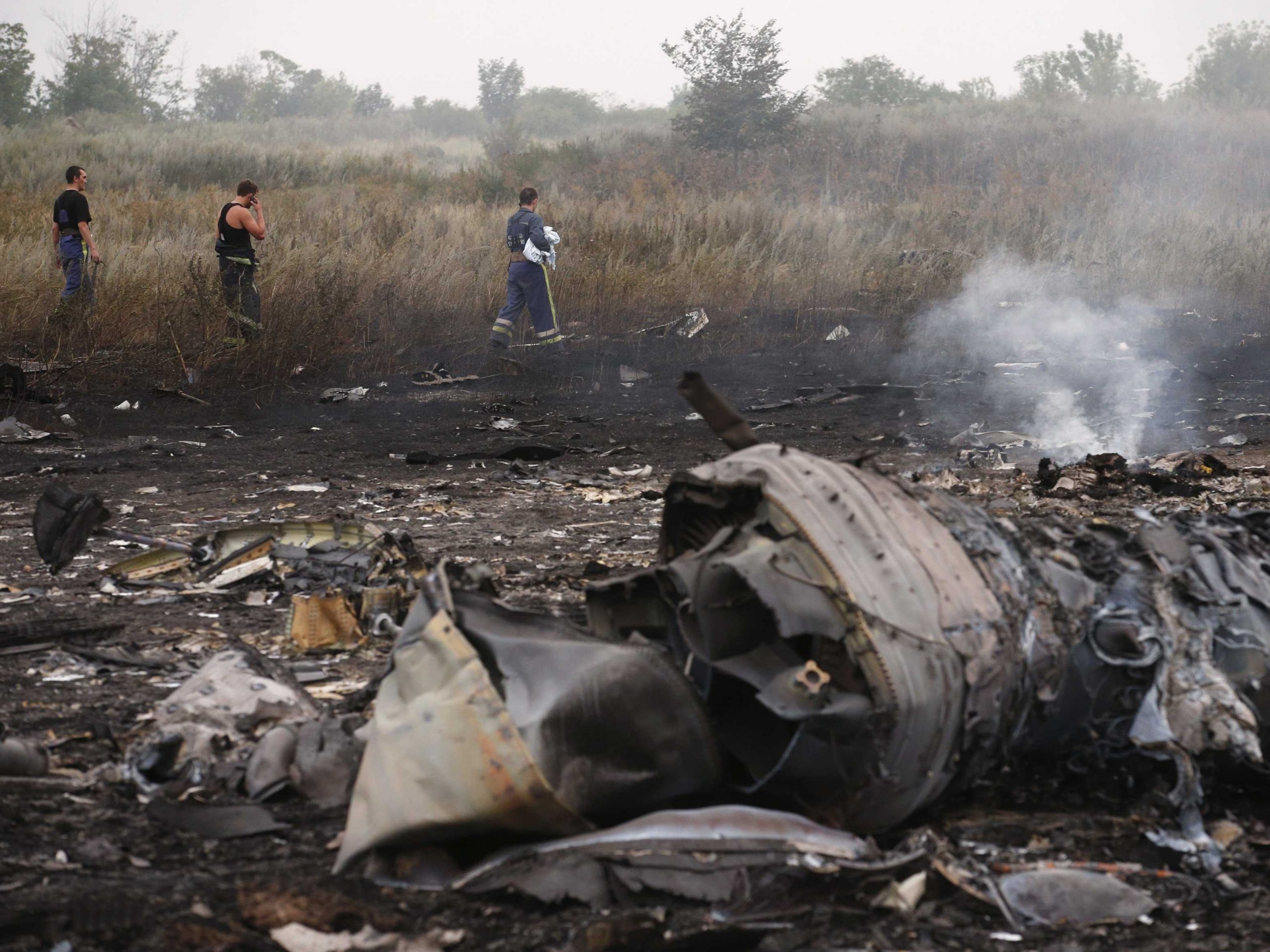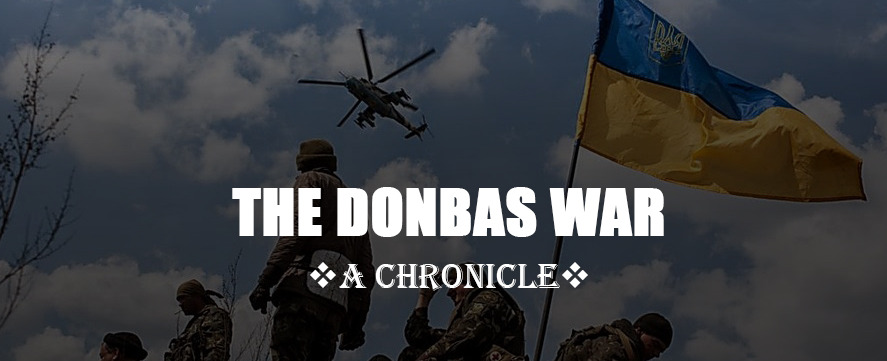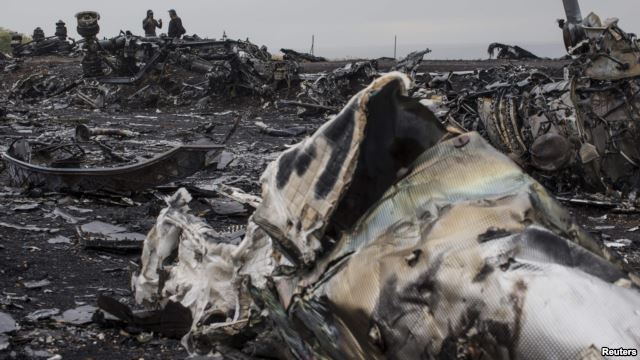Two fragments of the Dutch Safety Board's press release on the report on the MH17 crash raised the eyebrows of many Ukrainians:
"Moreover, it is clear that Ukraine already had sufficient reason to close the airspace over the eastern part of Ukraine as a precaution before 17 July 2014. None of the parties involved recognized the risk posed to overflying civil aircraft by the armed conflict in the eastern part of Ukraine.
...According to statements by the Ukrainian authorities, in two cases long-range weapons were used. In the Dutch Safety Board's opinion, Ukraine had sufficient reason to close the entire airspace over the eastern part of Ukraine as a precaution. Instead, on military grounds flying at lower altitudes was restricted."
First of all, if this report, as previously announced, was supposed to address only the "technical part" of the catastrophe and not establish guilt, what were these phrases for? In fact, the report specifically named only one "guilty" party, the one that did not close its airspace at the height where the plane was shot down.
Read also: Ukraine had no reason to close its airspace above 10 000 m before MH17 disaster | Infographic
There was not a single line dropped about the guilt of another party, the one that, according to multiple evidence, sent its Buk rocket launcher together with Russian qualified personnel to operate it to the place of the tragedy, and which should bear responsibility for the consequences of launching its rockets. Instead, the report willy-nilly blames Ukraine for not being able to react quickly enough to a threat caused by the aggressor.
In any case, the Dutch report should have either developed the topic of guilt, or not mentioned it at all. Because now for some Ukraine appears to be the main culprit for this disaster.
Moreover, it was necessary to mention which particular statements of the Ukrainian side were discussed in the report. Apparently, it referred to the following incidents:
- The Ukrainian military transport airplane An-26 was downed at an altitude of 6500 meters by an unknown rocket presumably from Russian territory. An-26 fell on the terrorist-controlled territory very close to Ukrainian-Russian border on July 14, 2014.
- The Ukrainian combat aircraft Su-25 downed at an altitude of 6000 m by a Russian MiG-29 jet fighter aircraft from Russian territory. Su-25 fell near the Ukrainian-Russian border on July 16, 2014.
The Ukrainian side has the data proving that the Su-25 was shot down by a Russian MiG-29 interceptor fighter from the Russian airspace. It had not crossed the Ukrainian border at all. Ukraine has a recording of the fighter pilot's conversation with a Russian ground station in the Rostov Oblast within the air interception of the Su-25. The MiG-29 was on Russian territory about 40 km away from the Ukrainian target. It fired its missile over the Ukrainian border. There were reasons to assume that the An-26 was also shot down by an air-to-air or surface-to-air rocket fired from Russian territory in the direction of the Ukrainian border.
Thus, before the MH-17 catastrophe the Ukrainian side was certain that there were no rocket launchers that posed a threat for transit passenger flights located in Donbas.
Before voicing the opinion that Ukraine had compelling reasons to close its airspace over Donbas, Dutch investigators should have familiarized themselves with the details of the previous air collisions, which the Ukrainian side had voiced before the MH17 tragedy, and to think about who was supposed to close its airspace to civil airplanes first – Russia, whose air defense launched rockets into Ukrainian territory, or Ukraine, where the missiles were targeted?
Who is more to blame for the consequences – the country on whose territory the rocket landed, or the country, which launched the rockets into the territory of its neighbor?
If on the eve of launching rockets against real targets Russia would have closed its airspace above the Rostov Oblast, due to possible risks to passenger airlines in the region, Ukraine would have received timely information about the threats to civil airplanes flying at high echelons and would have had good reasons for closing the sky above the Donbas.
But this did not happen.
On the eve of the MH-17 disaster Russia was launching its missiles at Ukraine without any public notice. Ukraine had to investigate and deal with the situation that Russia created for passenger aircraft flying at high echelons within a few days.
The Netherlands needed one and a half years to reach conclusions about the MH17 crash, yet they are willing to allot only a few days to Ukraine to make urgent conclusions about the situation in their sky.
Russia sent its Buk with a regular Russian crew from its place of dislocation in Kursk into Donbas through the Rostov Oblast. The Buk, according to available evidence, went straight to the site of the missile launch, and fired the fatal shot.
Till this day, the Ukrainian side has no information that rocket launchers of that class and engagement distance were present in the Donbas war zone.
Who, apart from the Russian top leaders, could predict that one day it would send a powerful Buk straight to Donbas, and that it would be used immediately with such tragic consequences? To me, this is beyond the possibilities of forecasting.





